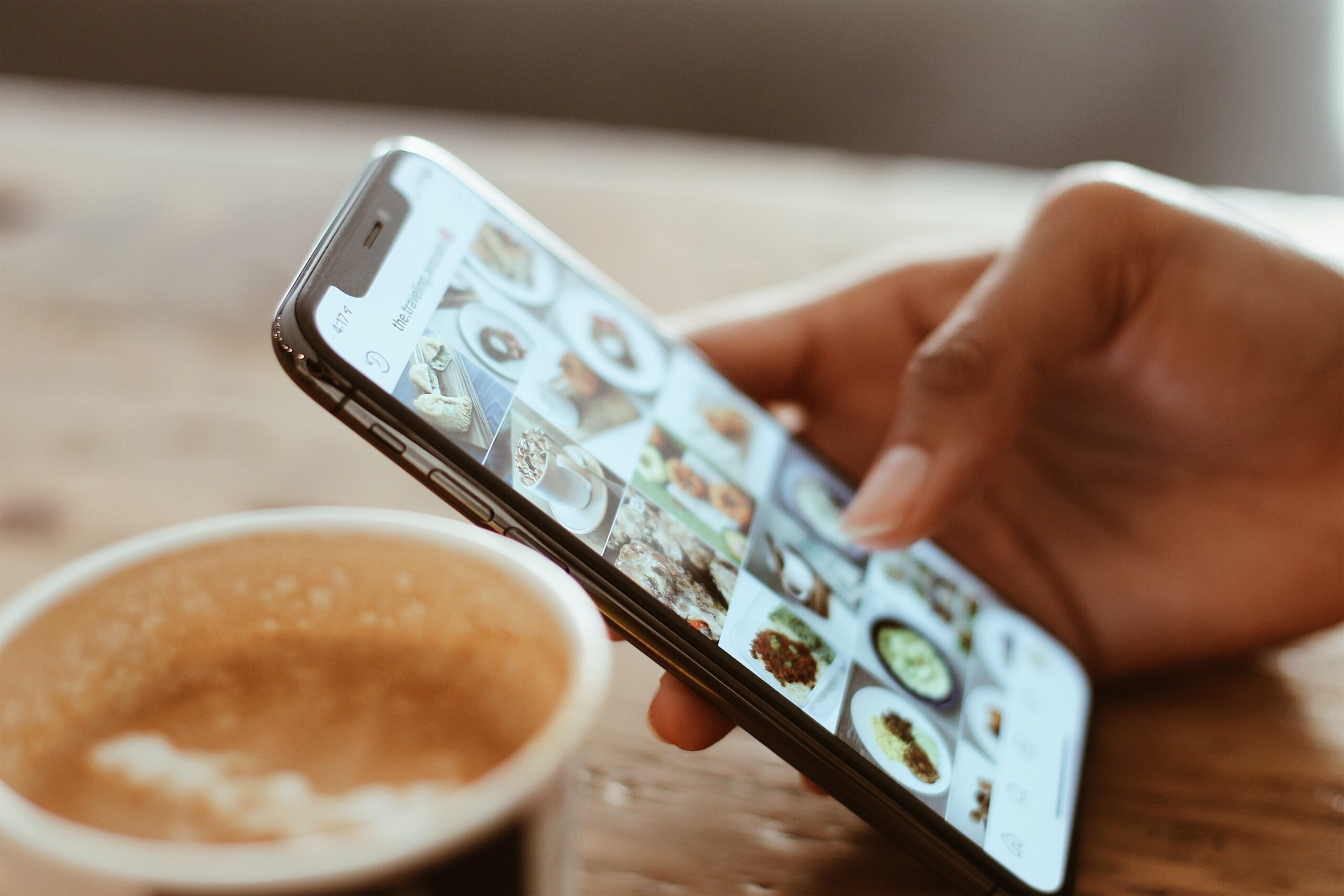October 2023

I recently had the pleasure of sharing a few best practices in influencer relations at three different Digital Summit events in Atlanta, Dallas and Los Angeles. In addition to making some great new connections and seeing my colleagues from our other offices, I loved getting to present some of the work we’ve done to build impactful influencer marketing strategies for our clients.
After experiencing massive growth during the pandemic as people were spending more time on social media than ever, the influencer marketing industry reached $16.4 billion in 2022 – and it’s showing no signs of slowing, with more than 1 billion people expected to call themselves content creators in the next five years.
Brands are investing in influencers more than ever as an effective, scalable way to reach new audiences. Here are some of the key insights we discussed to consider when building an influencer program.
1. Lean into Relationships to Turn Fans into brand Champions
Like any relationship, building strong partnerships with influencers is a two-way street. You won’t make a lot of friends by talking about yourself all the time, so why would you only connect with your influencer partners when you have some big news to share? Make a regular habit of keeping up with them and celebrating the important moments in their lives as well.
Thoughtful, tailored surprise and delight moments have earned us high-value social posts from macro-influencers and celebrities on behalf of our clients Mendocino Farms, Orkin Pest Control and others (free of charge!) and opened the door to meaningful relationship building opportunities.
2. Negotiate Effectively to Maximize ROI
There are no hard and fast rules for how influencer rates are calculated – a common pain point for both brands and creators. Ultimately, we’re looking to find the sweet spot between low cost and high value for our clients, but there are a few key influencing factors when it comes to price, including:
3. Think Beyond the Single Post
Consider giving influencer-generated content a greater lifespan by leveraging content across channels, making it work even harder for your brand. If you’re able to negotiate usage rights into your contracts, you can use influencer photos in your paid social and other advertising efforts.
The more informal aesthetic often performs better than staged brand photos. Don’t forget about using influencer content to bolster your organic social, email marketing, website, in-store signage and internal communications efforts as well – just remember to always credit the influencer when using their content.
4. Manage Expectations Internally
Success is in the eye of the beholder. Influencers can do a lot for your brand, but not everything. Think of them as an ingredient versus the whole meal. You can manage expectations appropriately by highlighting a few realities:
Jackson Spalding offers comprehensive influencer marketing services including research, strategy, outreach and execution. If you need help brainstorming ideas or executing a plan to tap into this fast-growing industry, our team is ready to talk.